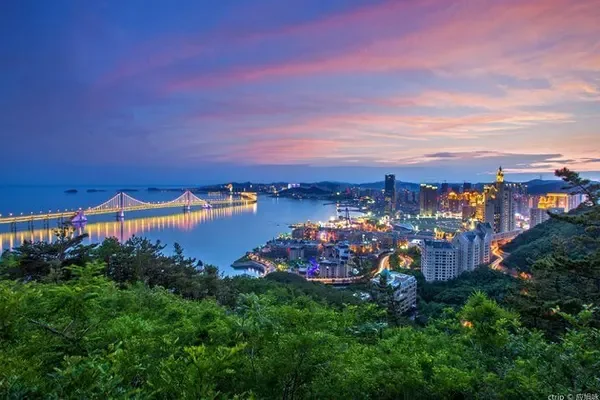introduce
Weishengchang bank is one of the five joint numbers of "Wei" in Pingyao. It was established in the sixth year of Daoguang (1826) and closed for 90 years in 1916, which lasted for a century; Zhuang has a history of more than 200 years, 90 years earlier than Rishengchang. When the ticket number was in its prime, there were semicolons in Shanghai, Tianjin, Suzhou, Nanjing, Changsha, Xiangtan, and Changzhou. Wei Shengchang was once the residence of Empress Dowager Cixi on her westward journey. In 1900 (the 26th year of Guangxu), when the Empress Dowager Cixi and Emperor Guangxu traveled westward and passed by Pingyao, she stayed at Weishengchang Bank because she extracted the silver remitted by Prince Chun, so it was also called "the place where Emperor Guangxu stayed" or "Guangxu Inn". Today, the museum has a collection of nearly a thousand precious cultural relics, including a couch with hundreds of gourds, Ming and Qing porcelains, antique calligraphy and paintings, bills, ledgers, letters, mahogany furniture, etc. One of the most rare is a picture of 100 immortals, which was made by Su Liupeng, a painter of the Qing Dynasty. Birthday, Wei Tuo, Nezha, to the Tiangong Ziwei Dadi, the local official Qingling Emperor, Shuiguan Emperor, as well as the God of Wealth, the God of Joy, the God of Fortune, the Emperor Zhenwu, Zhong Kui, the Earth Emperor, and the Gate God. There are all kinds of religious gods and gods, which are the treasures of the town hall of the bank. It can be seen from this picture of 100 gods that human beings have longed for a peaceful and beautiful life since ancient times, praised the virtuous, talented, and learned people, and prayed for good wishes for blessing, salary, longevity, and the blessing of Guanyin.
opening hours
Peak season (March 1-November 30) 8:00-18:30; off-season (December 1-the end of February of the following year) 8:00-17:30.

